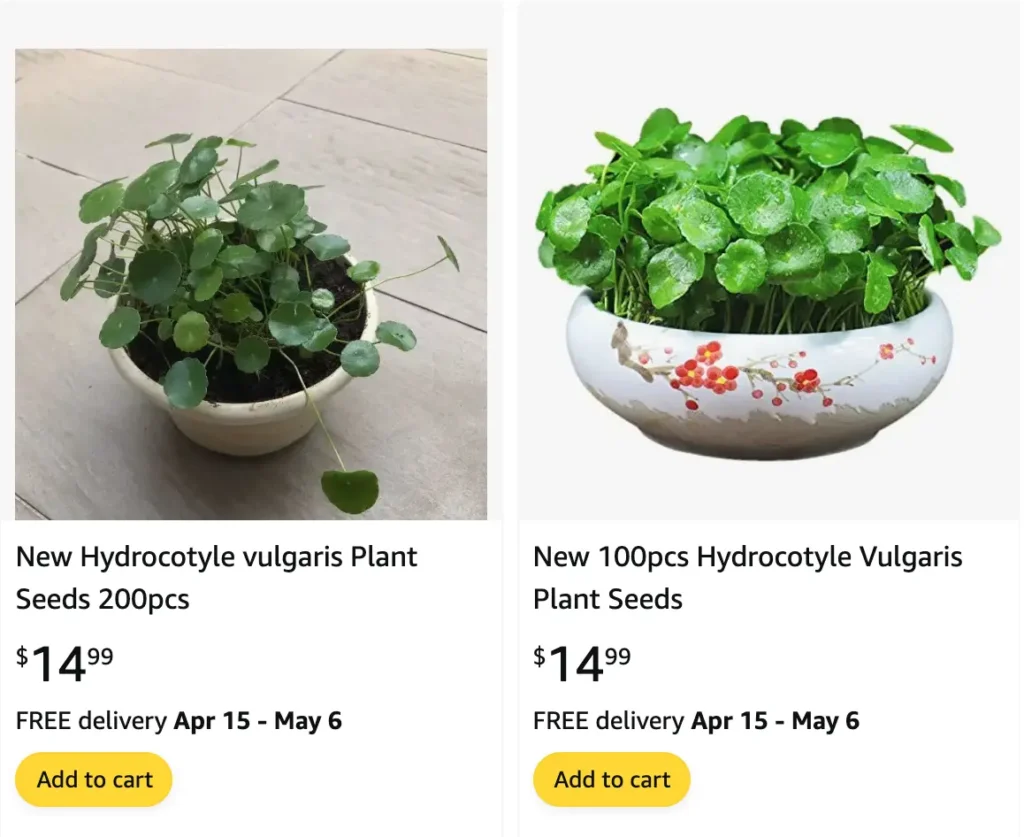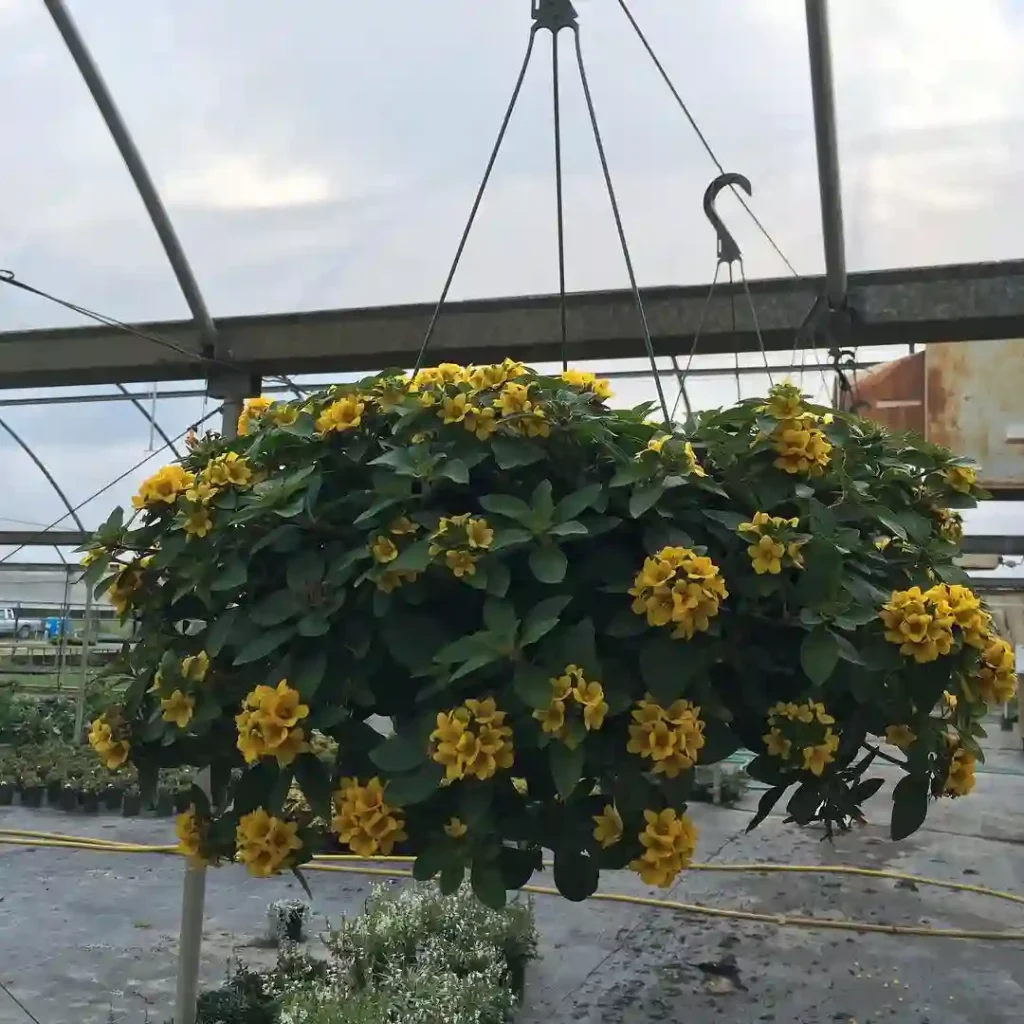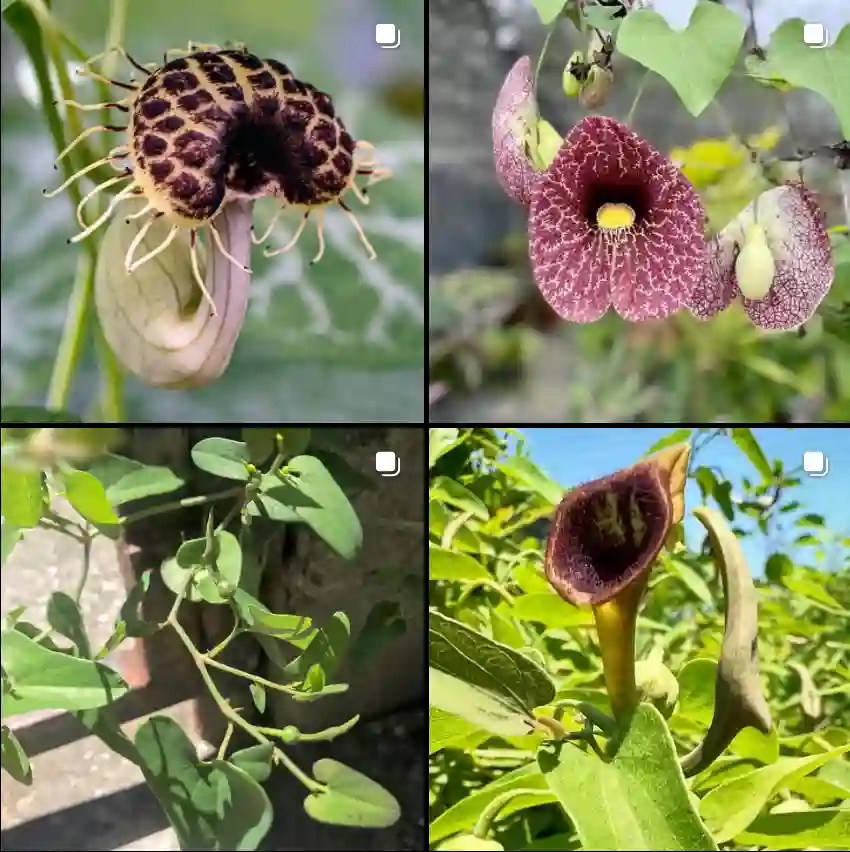
The Humble Charm of Hydrocotyle Vulgaris
For years, my pond was a beautiful but slightly sterile environment. The water lilies provided shade, but the edges felt bare. Enter Hydrocotyle vulgaris, also known as marsh pennywort. This little aquatic creeper has transformed my pond into a lush, green haven.
Hydrocotyle vulgaris isn’t flashy. Its charm lies in its simplicity. The round, scalloped leaves resemble miniature lily pads, forming a dense green carpet that spreads effortlessly. It thrives in both shallow water and moist soil, making it a versatile addition to any water feature.
182 Species in Genus Hydrocotyle
Identifying Hydrocotyle Vulgaris
Hydrocotyle vulgaris is easy to identify. The key features are:
- Leaf shape: Round, coin-like leaves with scalloped edges, often described as “peltate” because the stalk attaches to the center of the underside.
- Size: Leaves typically range from ¾ inch to 1.5 inches in diameter.
- Growth habit: Creeping stems with leaves rooting at the nodes, forming a dense mat.
- Habitat: Prefers wet environments like ponds, marshes, and stream banks.
Hydrocotyle vulgaris vs centella asiatica
I’ve grown Hydrocotyle vulgaris and found its rounded, almost lily-pad-like leaves to be charming in my pond setup; it thrives in moist conditions and adds a nice touch of greenery. On the other hand, Centella asiatica, also known as Gotu Kola, has been a favorite of mine for its impressive resilience and medicinal properties; I’ve used it in teas and seen it flourish in both indoor pots and garden beds, showing off its delicate, fan-shaped leaves. Both plants have their merits, but for me, Centella’s versatility and health benefits give it a slight edge over Hydrocotyle.
What Can I Do With Hydrocotyle Vulgaris?
Hydrocotyle vulgaris offers a surprising amount of versatility in the pond:
- Groundcover: Planted around the edges of the pond, it creates a beautiful green border and helps suppress weeds.
- Marginal plant: Thrives in shallow water, adding visual interest and providing hiding places for small fish and fry.
- Container plant: Can be grown in submerged pots, offering a textural contrast to taller plants.
How to Grow Hydrocotyle Vulgaris?
Hydrocotyle vulgaris is a rewarding plant for beginners. Here’s what you need to know:
- Lighting: Adapts well to full sun, part shade, or even full shade.
- Water: Prefers consistently moist soil or shallow water (up to 2 inches deep).
- Soil: Thrives in rich, humusy soil.
- Planting: Can be planted directly in the ground around the pond edge or in submerged pots.
- Spacing: Plant 3-4 plants per square foot for good coverage.
How to Care for Hydrocotyle Vulgaris?
Once established, Hydrocotyle vulgaris requires minimal care:
- Fertilizer: Generally not necessary, but a slow-release fertilizer tab can be added to submerged pots for a boost.
- Pruning: May occasionally need trimming to control its spread.
- Pests and Diseases: Relatively pest and disease resistant.
How to Propagate Hydrocotyle Vulgaris?
Hydrocotyle vulgaris is a prolific spreader, making propagation a breeze. Here are two methods:
- Stem cuttings: Simply snip off a section of stem with a few leaves and plant it directly in the soil or a submerged pot.
- Division: Carefully lift a mature plant and gently divide it into sections, each with healthy roots and leaves. Replant the divisions.
What to Plant With Hydrocotyle Vulgaris?
Hydrocotyle vulgaris complements various pond plants:
- Water lilies: Provides a textural contrast to the lily pads’ broad leaves.
- Marginal plants: Pairs well with taller plants like cattails or rushes.
- Oxygenating plants: Benefits from the oxygen-rich environment provided by species like Hornwort or Water Sprite.
A Final Note on Hydrocotyle Vulgaris
Hydrocotyle vulgaris might not be the most glamorous pond plant, but its ease of care, versatility, and ability to create a lush green haven make it a valuable addition to any water feature. With minimal effort, you can transform your pond into a thriving ecosystem teeming with life. So, why not give this little aquatic gem a try?
If i die, water my plants!



